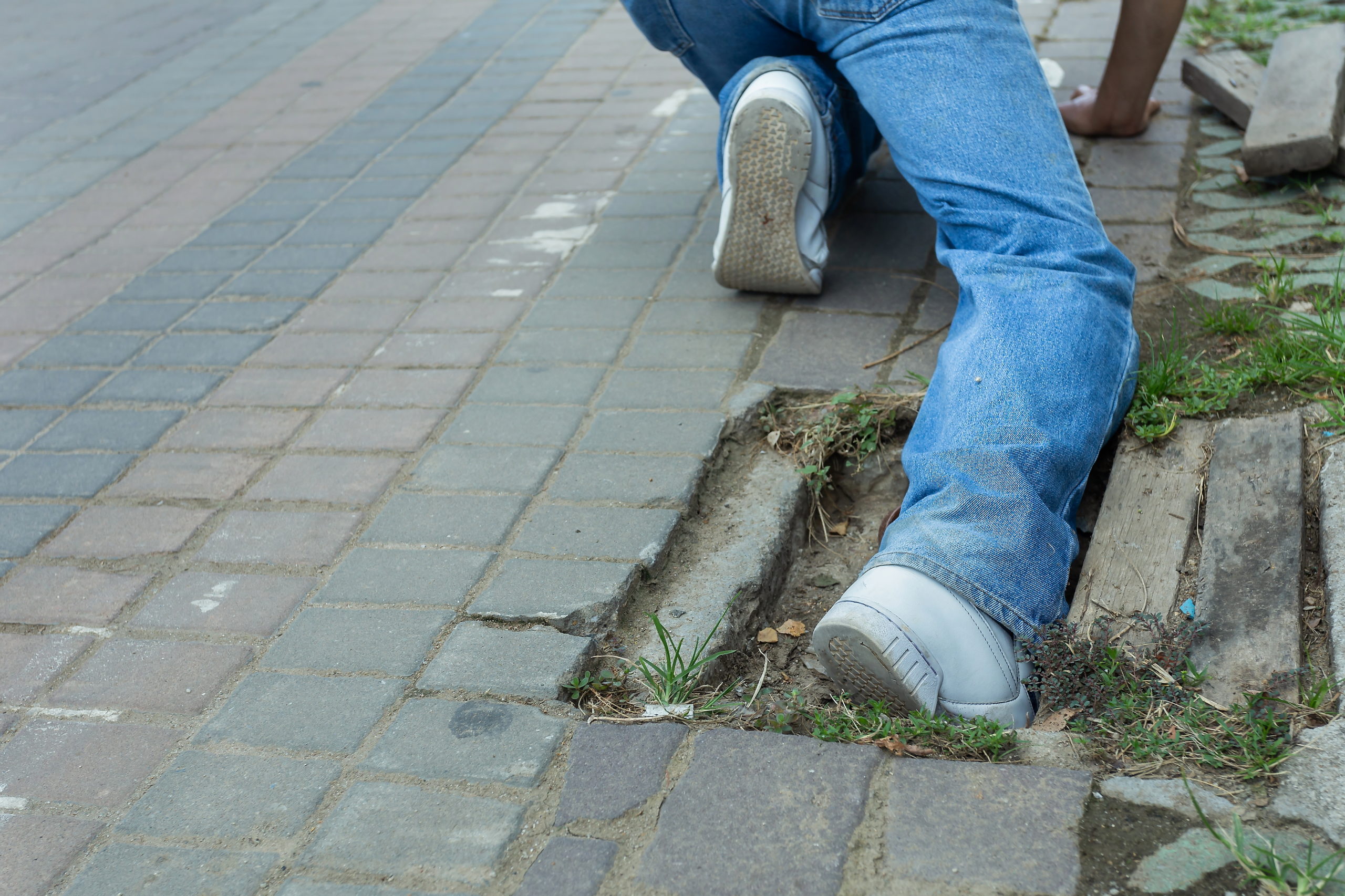
Everything You Need to Know About Sidewalk Accident Injuries
Getting injured on a sidewalk falls under personal injury liability. Sidewalks can be either public or private in nature but, regardless, somebody is going to be responsible if you are injured and it is their fault. With winter around the corner, these accidents will become more prevalent. Now you can discover more about them!
Who is Responsible for Sidewalk Accidents?
There is a theory known as “premises liability,” which leaves property owners liable for maintaining a reasonably safe environment for citizens using the sidewalks. This also means that they can be held liable for any accidents and injuries that occur on the property. Property owners or local municipalities (including the city, county or state) may be held liable for injuries that occur on public sidewalks. However, if the sidewalk is owned by a homeowner, it may be seen as private property and then you wouldn’t have a case. There are ways to get around this. For instance, a homeowner can be held liable in many cases when snow is not removed from a property and a slip and fall results.
To avoid these accidents, residential property owners must always take steps to keep a property safe, which can extend to rental properties as well. Businesses must take care for the safety of customers and clients, known as invitees.
Do the Rules Vary From City to City?
Yes. Responsibility for maintenance of all kinds of sidewalks will vary from city to city. You can take for example the rules for Chicago. In downtown Chicago, the city government shovels snow and repairs the broken sidewalks. However, in smaller suburbs, sidewalks are seen as public property but homeowners are responsible for upkeep. They are financially responsible for replacement of sidewalks when it is deemed necessary.
What are the Time and Notice Deadlines on These Injuries?
The deadlines will vary from state to state. There could be as little as 30 days deadline to notify the proper department of the city or town in writing of where the accident took place. These requirements could be very strict in some cases, as your claim may be barred if you send your notice to the wrong department or miss the deadline. There could also be limitations on how much you can receive in damages. These limitations differ from state to state; however, they are usually well under $100,000.
What Are Some Defenses to Sidewalk Injuries?
There is a doctrine known as the “open and obvious” doctrine, which pins some liability onto the injured person if the sidewalk hazard was open, obvious, and could have been avoided easily. There is also governmental immunity, which shields municipal bodies from liability in many cases. Many jurisdictions will completely prevent or limit these types of suits. For instance, in Michigan, there are exceptions to governmental immunity when a sidewalk defect is greater than two inches in size. It is in your best interest to stay aware of these limitations.
When you have been injured in a sidewalk accident, you should always seek the help of an experienced personal injury attorney. You may have many legal options but it is a good idea to understand them from various viewpoints. Then, you will find out how to go forth with your claim and who should be held liable for your damages. Call MDL today to set up a consultation.


















